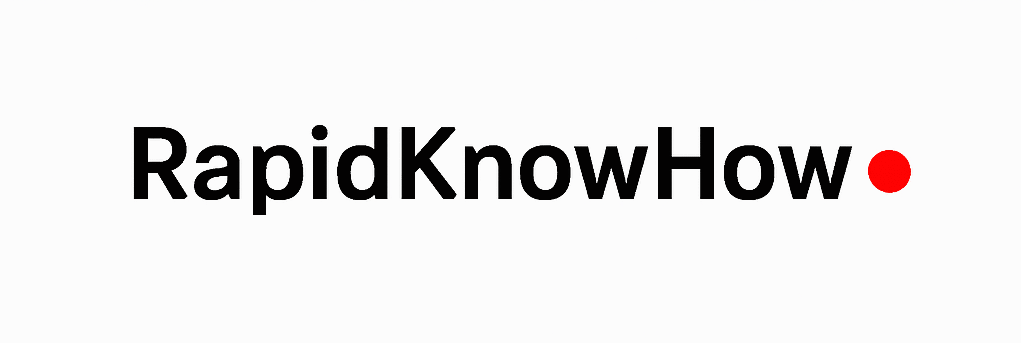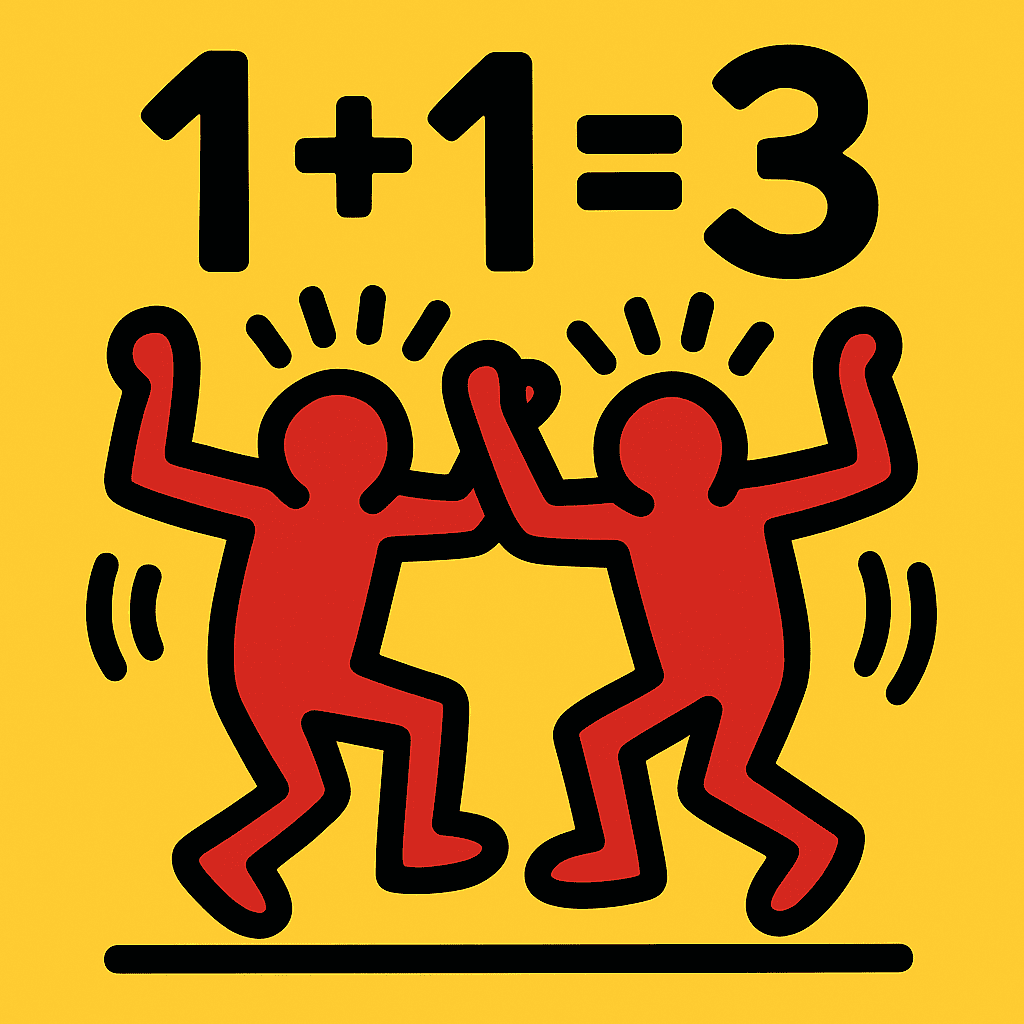That’s a crucial, strategic question. Generating new sales from existing high-value key accounts using a Buying-Center Value Delivery Strategy is essentially about deepening your partnership by aligning your solutions with the diverse needs and priorities of all the key stakeholders in their decision-making unit.
Here is a structured approach:
🗺️ Phase 1: Deeply Understand the Buying Center
The “Buying Center” is the group of people who formally or informally influence the purchase decision. You must identify them all and understand their unique “value perceptions.”
- 1. Map the Buying Center Roles: Go beyond your main contact and identify all key players.
- Users: Those who will use the product/service daily (Value focus: Ease of use, training, features, reliability).
- Influencers: Those who provide input or expertise (Value focus: Technical specs, compatibility, best-in-class performance).
- Buyers (Purchasing Agents): Those who handle the transaction (Value focus: Price, terms, compliance, procurement process efficiency).
- Deciders: Those with the formal authority to approve the purchase (Value focus: ROI, risk reduction, strategic fit, long-term partnership).
- Gatekeepers: Those who control the flow of information (Value focus: Efficiency, adherence to internal policies).
- 2. Perform a Value Gap Analysis: Use “White Space Analysis” to visually map your current offerings against all of the account’s departments, business units, and geographical locations (the “Buying Centers”).
- Identify Gaps: Where in the organization are you not currently selling, but where your existing offerings could provide significant value? These are your new sales opportunities (cross-sell).
- Identify Pain Points: Use active listening and probing questions to uncover the unmet needs or new strategic goals of each functional area.
🎯 Phase 2: Tailor the Value Proposition for Each Stakeholder
Instead of one generic pitch, you must craft a tailored value message for each major stakeholder. This is the core of the strategy.
- 1. Customize Your Message: Align your product/service benefits to the specific metrics, concerns, and goals of each role.
- Example: Selling new analytics software.
- Decider (CFO): Focus on $X million in potential cost savings (ROI) and reduced operational risk.
- User (Analyst): Focus on the new feature that saves them 10 hours a week and its superior data visualization.
- Influencer (IT Director): Focus on secure, seamless integration with existing systems and low maintenance.
- Example: Selling new analytics software.
- 2. Present a “Before and After” Scenario: Help each stakeholder visualize the success they will achieve with your solution. Show the gap between their current state and the future, improved state, emphasizing the value you deliver.
- 3. Leverage Your Champion: Find an internal champion—a stakeholder who has already experienced your value and is willing to advocate for your solution within their organization. Equip them with the right resources (e.g., customized ROI calculators, case studies) to influence the other buying center members.
📈 Phase 3: Execute the Growth Strategy (Upsell & Cross-sell)
This phase is about turning identified opportunities into new revenue.
- 1. Multi-Threaded Engagement: Do not rely on a single point of contact. Build strong, multiple relationships across the Buying Center. This insulates your account from changes in personnel and ensures that all value perceptions are being addressed.
- 2. Strategic Upselling: Encourage the key account to purchase a more premium version of the product or service they already use. This works best when you demonstrate how the upgrade directly solves an emerging need or provides a significant, measurable improvement (e.g., higher security tier, advanced features).
- 3. Consultative Cross-selling: Introduce new, complementary offerings in the “white space” areas you identified.
- Timing is Key: Base your cross-sell on organizational milestones (e.g., a new business initiative, an acquisition, or budget season) or a clear problem you’ve uncovered.
- Frame as a Solution: Position the new sale not as an extra cost, but as a holistic solution that amplifies the value of their existing purchase.
- 4. Proactive Value Delivery: Be a consultative partner, not just a vendor. Proactively bring new ideas, industry insights, and suggestions for improvement that demonstrate you are invested in their long-term success. This builds the trust required for future major sales.
Empowering Leaders to Create Sustainable Wealth – Josef David





